The US dollar rally is of historic proportions. Its climb is relentless, though there was around a 4-7% pullback for a few weeks beginning in mid-July. Since then, the greenback has made up for lost time and appreciated to multiyear highs against most of the major currencies. The first real bout of profit-taking in nearly a month seen in recent days looks corrective in nature.
The different performances cannot be entirely traced to monetary policy differences, though the Japanese yen is easily the weakest of the majors, losing more than a fifth of its value this year. The BOJ is the only G10 central bank that insists that inflation is temporary. Indeed, we note that the market agrees with the officials. To wit, the BOJ's latest projections see core CPI (excludes fresh food) falling from 2.3% this year to 1.4% next year. The median forecast in Bloomberg's survey of 27 economists is also for 1.4% core CPI in 2023.
Last week, the Australian dollar was sold even after the central bank delivered its fourth consecutive 50 bp hike and signaled that it was not done. The same thing happened to the New Zealand dollar last month after the RBNZ lifted its cash target rate half of a point. The Kiwi has not seen those levels since and has sunk around 6% to new two-year lows. The Swiss National Bank has hiked its deposit rate once, by 50 bp in June, though it remains below zero (-0.25%). It will likely hike rates again later this month (September 22). Yet after the Canadian dollar, the Swiss franc is the second best performing major currency this year, off only 5%.
Nevertheless, the elevated price pressures in the US, and the Federal Reserve's response are understood to be the key driver of the dollar's double-time march higher. Given the stretched technical condition, US August CPI data gave the bulls pause. Short-term momentum traders and trend followers appeared to have chosen to tighten stops or take some profits ahead of the September 13 report.
After unchanged month-over-month in July, August's headline CPI may have fallen by 0.1%. It would be the first decline since May 2020 and support ideas that US inflation has peaked. Particularly worrisome during this surge in inflation was the rise in gasoline prices and used vehicles. Together they account for about 9% of the CPI basket. Gasoline prices peaked in June and are off a quarter over the past three months. Used car and truck prices peaked in January and have been falling slowly. This may have eased car and truck rental prices, which have fallen by nearly 16.5% since the middle of last year. Airfares peaked in May and have fallen by almost 10%. The prices of electronic goods, including software, and clothing, have also fallen. This is not meant to be exhaustive but simply cited to give a flavor of the broader developments.
Owing to shelter and medical services, the core rate may prove stickier. The median forecast in Bloomberg's survey projects a 0.3% month-over-month increase, the same as in July, and while half of the Q2 average monthly increase, it may be sufficient to lift the year-over-year rate to 6.1%. It was at 5.9% in June and July, falling from a peak of 6.5% in March.
The impact may not be so much on expectations for the September 20-21 FOMC meeting. The market is pricing around an 85% chance that the Fed delivers its third 75 bp rate hike that would target 3.00%-3.25%. However, a soft headline CPI may reinforce ideas of the trajectory of Fed policy and the terminal rate. Expectations for the year-end rate have ratcheted up in recent weeks and now are seen around 3.75%, with a small bias higher. Since around the middle of August, the Fed funds futures have been pricing in a strong chance of a hike in Q1 23. This is consistent with a 4.0% terminal rate. At the same time, the implied yield of the December 2023 Fed funds futures contract is about 35 bp below the implied yield of the March 2023 contract. This is what one would expect if the Fed were to cut rates late next year. The time lapse between the last hike and the first cut has ranged between five and 18 months since the early 1990s. The average is about 10.5 months.
Real sector data is likely to point to an economy expanding slowly. Economists look for an other flat retail sales report after a goose-egg in July. Excluding autos and gasoline, the median forecast is for a 0.8% rise after 0.7% in July. However, looking at the measure economists use for GDP models, which excludes not only autos and gasoline but also food services and building materials, a 0.6% gain is the median forecast in Bloomberg's survey, which would be the smallest increase since April. Industrial output contracts during a recession. It has averaged a 0.4% gain this year through July and fell only once (in May by less than 0.1%). Yet most of this came in the first four months of the year when it averaged a little more than a 0.6% increase. In the three months through July, it averaged 0.16%.
Atlanta's GDPNow and the median forecast from Bloomberg's survey have converged at 1.3%-1.4% Q3 GDP. While obviously better than the contraction seen in H1, it is shaping up to be the third consecutive quarter that growth is below trend (median long-term growth in the Federal Reserve's June Summary of Economic Projections put it at 1.8%). In fact, the median in Bloomberg's survey does not see quarterly growth above 1.5% at an annualized rate through the end of next year.
The Bank of England was to meet on September 15. However, due to the national mourning, it has postponed the meeting for a week until September 22. That is a day after the FOMC meeting concludes. Still, there are market-moving high-frequency data nearly every day. The economy is on the verge of a recession, by the BOE's reckoning, and the new government's scheme to cap household energy bills will blunt the expected spike in inflation. However, the market has not been dissuaded from expecting a 75 bp hike. The odds have slipped to around 68% from 70%, according to the pricing in the swaps market.
In some ways, the high-frequency data, which includes July GDP, July/August employment, August inflation, and retail sales, are not critical to the BOE's decision. The UK economy contracted in Q2, and the July monthly GDP is like to show weak growth after output fell by 0.6% in June. Thus far, the labor market has proven to be resilient, but like the United States and the eurozone, it can be expected to weaken as tighter financial conditions take hold. The ILO measure of unemployment has been 3.7%-3.8% since January. It was at 3.8% in the last four months of 2019.
UK average weekly earnings, excluding bonus payments, rose 4.7% in the three months through July from a year ago. The pace has been increasing since the end of last year. However, the average in H1 22 was 4.2% compared with 5.5% in H1 21. The cost-of-living squeeze has sapped the UK consumer. Unlike many other countries that report retail sales on a value basis (price), the UK reports in volume terms, and they have been weak. The monthly average in the year's first seven months was a 0.2% decline. It averaged 0.5% in the same period in 2021. Figures from the British Retail Consortium and KPMG report warned of a soft August report on weak back-to-school spending and softer clothing sales. It noted that non-food sales fell 2.0% on a like-for-like basis in the three months through August compared with a year ago. The median forecast in Bloomberg's survey looks for a 0.5% decline in headline retail sales and a fall of 0.7%, excluding gasoline. On the other hand, the fiscal stimulus may temper the recession, i.e., slack in the labor market, and it risks more persistent inflation and a further deterioration of the trade balance.
On September 14, the UK reports August inflation. Inflation has not peaked. The new government will cap the household energy bill at GBP2500 for the next two years. This means that household energy costs will jump 27% next month. Of course, this is significantly less than the 80% the regulator (Ofgem) announced. But it is still meaningful. Consumer prices are expected to rise by 0.6% last month, which will keep the year-over-year pace around 10.%. The core rate in July matched the highest reading in 30 years, set at 6.2% in April. It may have ticked up in August. Also, sterling continues to fall on the BOE's trade-weighted measure. It is off about 6.6% year-to-date, and almost half of that has come since the end of July.
Lastly, we note that perhaps with some encouragement from the US, according to reports, the UK Prime Minister will soften the threatening attitude expressed in the campaign about unilateral action to remedy the shortcomings of the Northern Ireland protocol. She initially seemed to want to begin well up the escalation ladder, threatening to invoke Article 16, which justified unilateral action. The current workaround expires on September 15. It now seems more likely Truss will ask that the current arrangement be extended. There will be plenty of things to fight about later. Fighting about this now could cost the UK its "special relationship" with the US and deny Truss the ability to deliver a bilateral trade agreement, which was denied her predecessor.


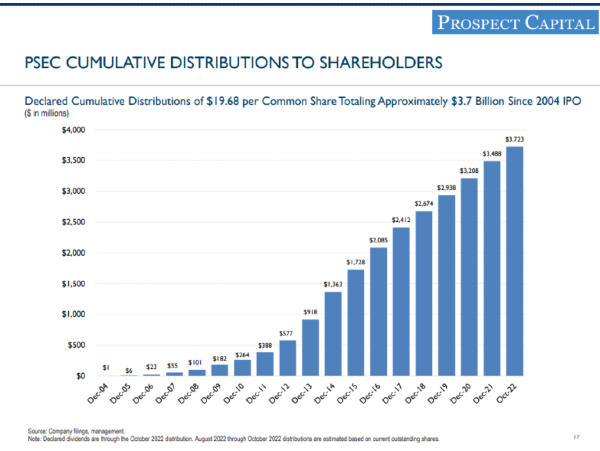


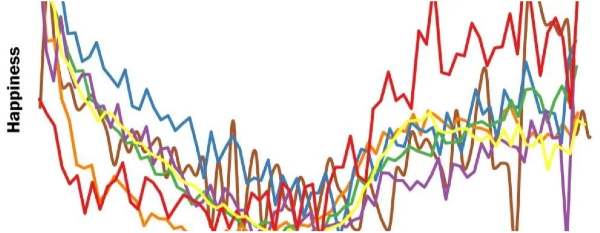

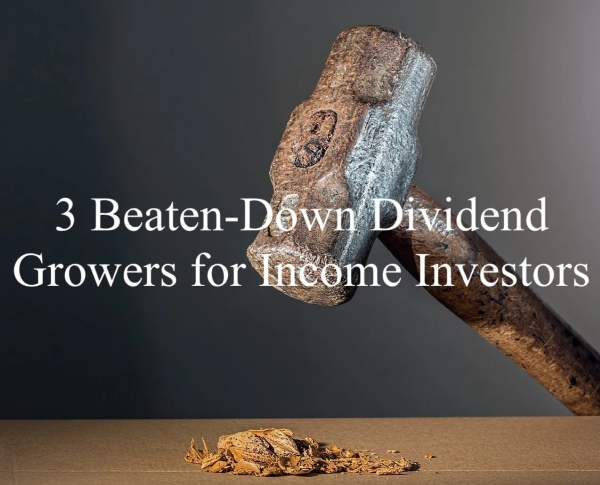
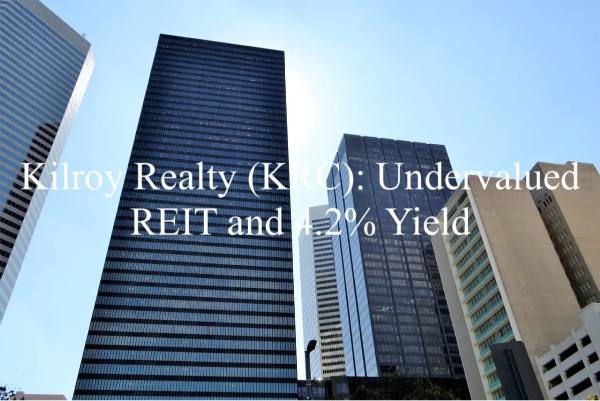
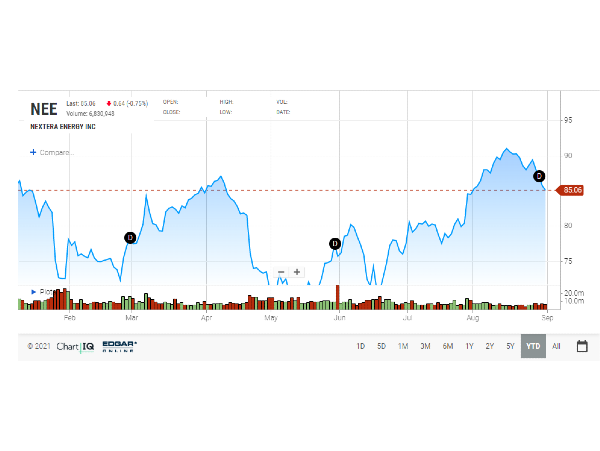


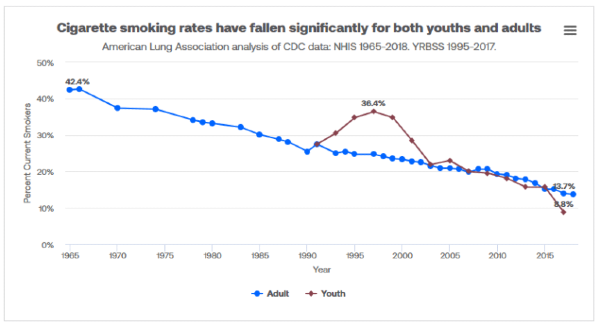
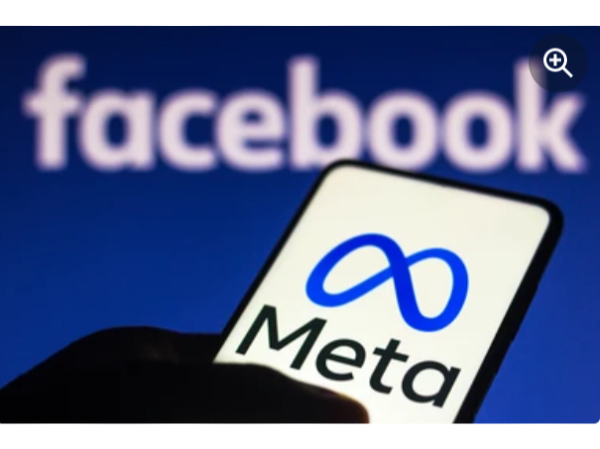



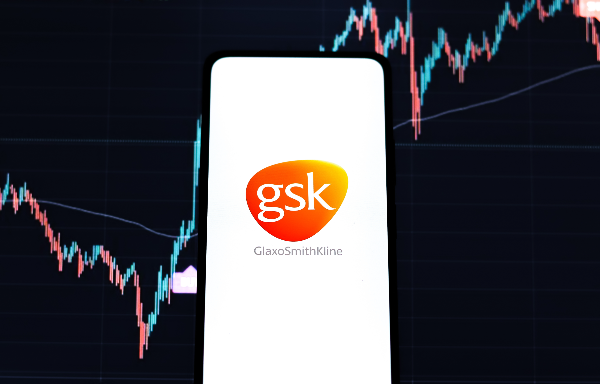












The US dollar rally is of historic proportions. Its climb is relentless, though there was around a 4-7% pullback for a few weeks beginning in mid-July. Since then, the greenback has made up for lost time and appreciated to multiyear highs against most of the major currencies. The first real bout of profit-taking in nearly a month seen in recent days looks corrective in nature.
The different performances cannot be entirely traced to monetary policy differences, though the Japanese yen is easily the weakest of the majors, losing more than a fifth of its value this year. The BOJ is the only G10 central bank that insists that inflation is temporary. Indeed, we note that the market agrees with the officials. To wit, the BOJ's latest projections see core CPI (excludes fresh food) falling from 2.3% this year to 1.4% next year. The median forecast in Bloomberg's survey of 27 economists is also for 1.4% core CPI in 2023.
Last week, the Australian dollar was sold even after the central bank delivered its fourth consecutive 50 bp hike and signaled that it was not done. The same thing happened to the New Zealand dollar last month after the RBNZ lifted its cash target rate half of a point. The Kiwi has not seen those levels since and has sunk around 6% to new two-year lows. The Swiss National Bank has hiked its deposit rate once, by 50 bp in June, though it remains below zero (-0.25%). It will likely hike rates again later this month (September 22). Yet after the Canadian dollar, the Swiss franc is the second best performing major currency this year, off only 5%.
Nevertheless, the elevated price pressures in the US, and the Federal Reserve's response are understood to be the key driver of the dollar's double-time march higher. Given the stretched technical condition, US August CPI data gave the bulls pause. Short-term momentum traders and trend followers appeared to have chosen to tighten stops or take some profits ahead of the September 13 report.
After unchanged month-over-month in July, August's headline CPI may have fallen by 0.1%. It would be the first decline since May 2020 and support ideas that US inflation has peaked. Particularly worrisome during this surge in inflation was the rise in gasoline prices and used vehicles. Together they account for about 9% of the CPI basket. Gasoline prices peaked in June and are off a quarter over the past three months. Used car and truck prices peaked in January and have been falling slowly. This may have eased car and truck rental prices, which have fallen by nearly 16.5% since the middle of last year. Airfares peaked in May and have fallen by almost 10%. The prices of electronic goods, including software, and clothing, have also fallen. This is not meant to be exhaustive but simply cited to give a flavor of the broader developments.
Owing to shelter and medical services, the core rate may prove stickier. The median forecast in Bloomberg's survey projects a 0.3% month-over-month increase, the same as in July, and while half of the Q2 average monthly increase, it may be sufficient to lift the year-over-year rate to 6.1%. It was at 5.9% in June and July, falling from a peak of 6.5% in March.
The impact may not be so much on expectations for the September 20-21 FOMC meeting. The market is pricing around an 85% chance that the Fed delivers its third 75 bp rate hike that would target 3.00%-3.25%. However, a soft headline CPI may reinforce ideas of the trajectory of Fed policy and the terminal rate. Expectations for the year-end rate have ratcheted up in recent weeks and now are seen around 3.75%, with a small bias higher. Since around the middle of August, the Fed funds futures have been pricing in a strong chance of a hike in Q1 23. This is consistent with a 4.0% terminal rate. At the same time, the implied yield of the December 2023 Fed funds futures contract is about 35 bp below the implied yield of the March 2023 contract. This is what one would expect if the Fed were to cut rates late next year. The time lapse between the last hike and the first cut has ranged between five and 18 months since the early 1990s. The average is about 10.5 months.
Real sector data is likely to point to an economy expanding slowly. Economists look for an other flat retail sales report after a goose-egg in July. Excluding autos and gasoline, the median forecast is for a 0.8% rise after 0.7% in July. However, looking at the measure economists use for GDP models, which excludes not only autos and gasoline but also food services and building materials, a 0.6% gain is the median forecast in Bloomberg's survey, which would be the smallest increase since April. Industrial output contracts during a recession. It has averaged a 0.4% gain this year through July and fell only once (in May by less than 0.1%). Yet most of this came in the first four months of the year when it averaged a little more than a 0.6% increase. In the three months through July, it averaged 0.16%.
Atlanta's GDPNow and the median forecast from Bloomberg's survey have converged at 1.3%-1.4% Q3 GDP. While obviously better than the contraction seen in H1, it is shaping up to be the third consecutive quarter that growth is below trend (median long-term growth in the Federal Reserve's June Summary of Economic Projections put it at 1.8%). In fact, the median in Bloomberg's survey does not see quarterly growth above 1.5% at an annualized rate through the end of next year.
The Bank of England was to meet on September 15. However, due to the national mourning, it has postponed the meeting for a week until September 22. That is a day after the FOMC meeting concludes. Still, there are market-moving high-frequency data nearly every day. The economy is on the verge of a recession, by the BOE's reckoning, and the new government's scheme to cap household energy bills will blunt the expected spike in inflation. However, the market has not been dissuaded from expecting a 75 bp hike. The odds have slipped to around 68% from 70%, according to the pricing in the swaps market.
In some ways, the high-frequency data, which includes July GDP, July/August employment, August inflation, and retail sales, are not critical to the BOE's decision. The UK economy contracted in Q2, and the July monthly GDP is like to show weak growth after output fell by 0.6% in June. Thus far, the labor market has proven to be resilient, but like the United States and the eurozone, it can be expected to weaken as tighter financial conditions take hold. The ILO measure of unemployment has been 3.7%-3.8% since January. It was at 3.8% in the last four months of 2019.
UK average weekly earnings, excluding bonus payments, rose 4.7% in the three months through July from a year ago. The pace has been increasing since the end of last year. However, the average in H1 22 was 4.2% compared with 5.5% in H1 21. The cost-of-living squeeze has sapped the UK consumer. Unlike many other countries that report retail sales on a value basis (price), the UK reports in volume terms, and they have been weak. The monthly average in the year's first seven months was a 0.2% decline. It averaged 0.5% in the same period in 2021. Figures from the British Retail Consortium and KPMG report warned of a soft August report on weak back-to-school spending and softer clothing sales. It noted that non-food sales fell 2.0% on a like-for-like basis in the three months through August compared with a year ago. The median forecast in Bloomberg's survey looks for a 0.5% decline in headline retail sales and a fall of 0.7%, excluding gasoline. On the other hand, the fiscal stimulus may temper the recession, i.e., slack in the labor market, and it risks more persistent inflation and a further deterioration of the trade balance.
On September 14, the UK reports August inflation. Inflation has not peaked. The new government will cap the household energy bill at GBP2500 for the next two years. This means that household energy costs will jump 27% next month. Of course, this is significantly less than the 80% the regulator (Ofgem) announced. But it is still meaningful. Consumer prices are expected to rise by 0.6% last month, which will keep the year-over-year pace around 10.%. The core rate in July matched the highest reading in 30 years, set at 6.2% in April. It may have ticked up in August. Also, sterling continues to fall on the BOE's trade-weighted measure. It is off about 6.6% year-to-date, and almost half of that has come since the end of July.
Lastly, we note that perhaps with some encouragement from the US, according to reports, the UK Prime Minister will soften the threatening attitude expressed in the campaign about unilateral action to remedy the shortcomings of the Northern Ireland protocol. She initially seemed to want to begin well up the escalation ladder, threatening to invoke Article 16, which justified unilateral action. The current workaround expires on September 15. It now seems more likely Truss will ask that the current arrangement be extended. There will be plenty of things to fight about later. Fighting about this now could cost the UK its "special relationship" with the US and deny Truss the ability to deliver a bilateral trade agreement, which was denied her predecessor.
Originally Posted on marctomarket.com